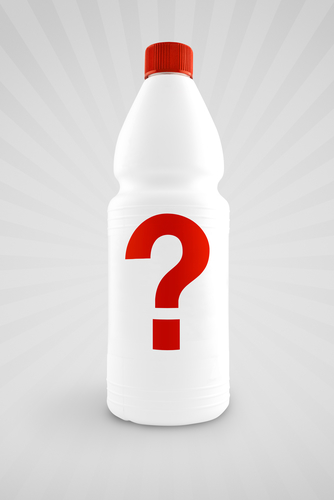
If you’ve never ordered new labels for products before, you may be overwhelmed with the many options and industry jargon. While our expert team is here to help answer any questions you may have and even guide you to make decisions based on your wants and needs, it doesn’t hurt to understand more about the label making process. So, if you’re unsure of what you need or want for labels, getting familiar with label terms may be able to help steer you in the right direction. Before you get labels printed, get to know some of these label printing industry terms, first.
Four Color Process: This is the method of producing the right color of ink in printing. At Blue Ribbon Tag and Label, our printer frequently uses this process to come up with the colors needed in label design.
CMYK: This is an acronym for the four colors used in the four-color process mentioned above. These colors are cyan, magenta, yellow, and key.
Pantone Matching: Pantone is the term used to for matching colors. This is important for business owners who have already chosen a specific color for their branding efforts and wish to utilize the same color on product labels. Our Pantone system is a computer software which helps us determine the exact way to produce a specific color.
Mono and Duotone: These colors use grey and black to provide an antique-like feel to images on labels. Monotone uses gray to come up with a grayscale image while duotone utilizes a mixture of gray and black.
Solid Ink: While this type of ink is used for proofing, it’s not the greatest choice for labels which include pictures or detailed images. This ink, before use, is in a solid form and is melted to liquid before print application.
Dots Per Inch (DPI): Each image printed consists of hundreds of various dots. So, the more dots, the more definition an image has. The DPI is the resolution number, or a number of dots, in a one-inch square of a label.
Bleed: Some labels are designed with images or graphics which may be cut off on the edges of the label. Bleed allows for the edges of these images to be printed. Then, after printing is complete, the edges can be trimmed to the exact measurements. On most jobs which require bleed, a ½ inch section is provided along the edges of the labels.
Raster Image Processing (RIP): This is a needed process in digital printing where images and graphics need to be uploaded to software that the printer can convert into real-life images onto label materials. All in all, it’s taking digital files and converting them into files the printer can utilize in the print process.
Now that you know some important print terms, are you ready to get labels printed? Even if you have some more questions or you aren’t sure what exactly it is you need, we can help you determine what your product label will be! Contact us today to talk to an experienced staff member about your vision for your custom product labels today at (954) 922-9292.


